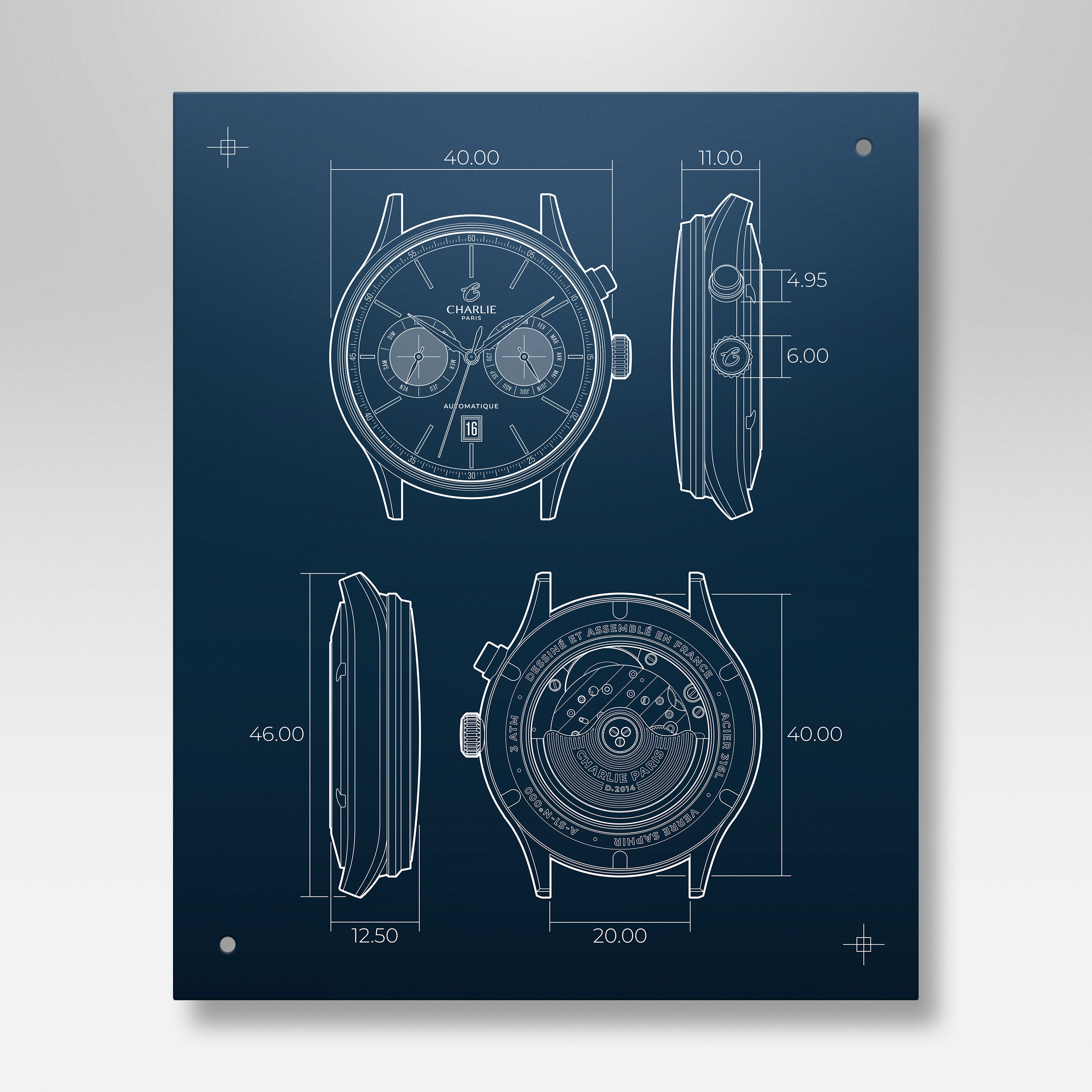
A guide to watch complications
The initial function of a watch is to give the time, but many watches, especially automatic watches have other functions. Calendar, tourbillon, chronograph... All these additional functions are called complications. In this article, the Charlie Paris team, will present the most common watch complications.
- The date: It is the display of the date on your watch. The date can be a simple date, or a perpetual date. For a simple calendar, you will have to set the date if the month does not have 31 days. The perpetual calendar on the other hand allows the display of the date taking into account all days of the month, as well as leap years. At Charlie Paris, all our men's watches have a calendar. In addition to being a useful complication, the calendar really gives an aesthetic plus to your wrist. We also have the Initial Calendar model, which gives you the date as well as the day and month.
- The tourbillon: Invented by Breguet in 1801, the tourbillon is designed to improve the precision of mechanical watches. Indeed, the movements of the wrist unbalance the balance. The tourbillon corrects these imbalances by imposing a rotation of one revolution per minute on the entire movement. We have not yet developed a tourbillon watch, but we have recently created the open heart watch for you.
- The chronograph: The chronograph allows you to measure the duration of an event, task or activity, in other words the time elapsed from a given moment. It is also a real aesthetic asset to your watch. The chronograph is often confused with the stopwatch. The chronometer actually refers to a watch movement whose precision is certified by the COSC (Contrôle Officiel Suisse des Chronomètres).
- The power reserve indicator: The power reserve complication designates the duration during which your automatic watch will function without being worn. This complication shows you how much time is left before you have to turn the winder. All our automatic watches have a power reserve of approximately 40 hours. The Initial Réserve de Marche model has the power reserve complication.
- GMT: As explained in this article, GMT stands for "Greenwich Mean Time". Indeed, it was in the 19th century when Flemming decided to divide the globe into 24 time zones all annexed according to the Greenwich meridian. The GMT complication adds a hand to your watch, giving you the GMT time, which is very practical for people traveling internationally!











Leave a comment
This site is protected by hCaptcha and the hCaptcha Privacy Policy and Terms of Service apply.